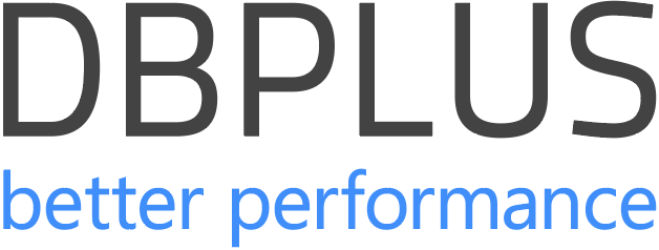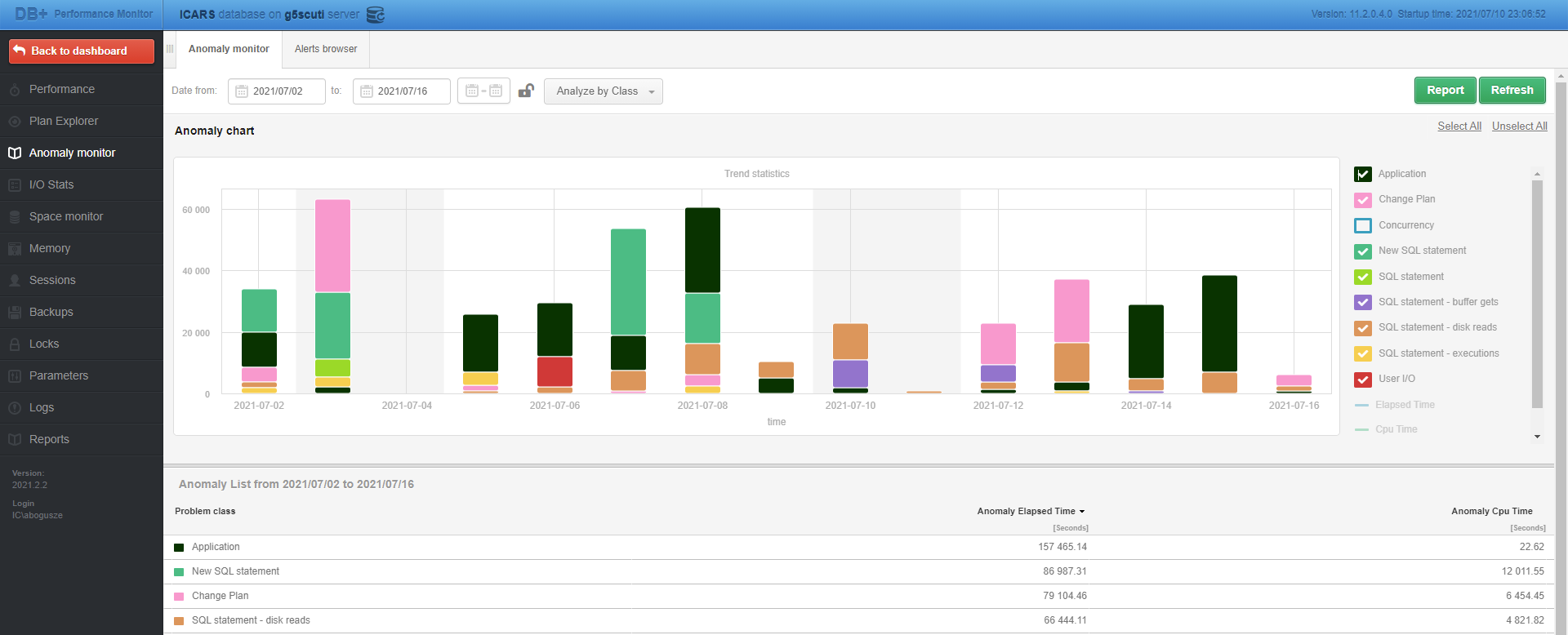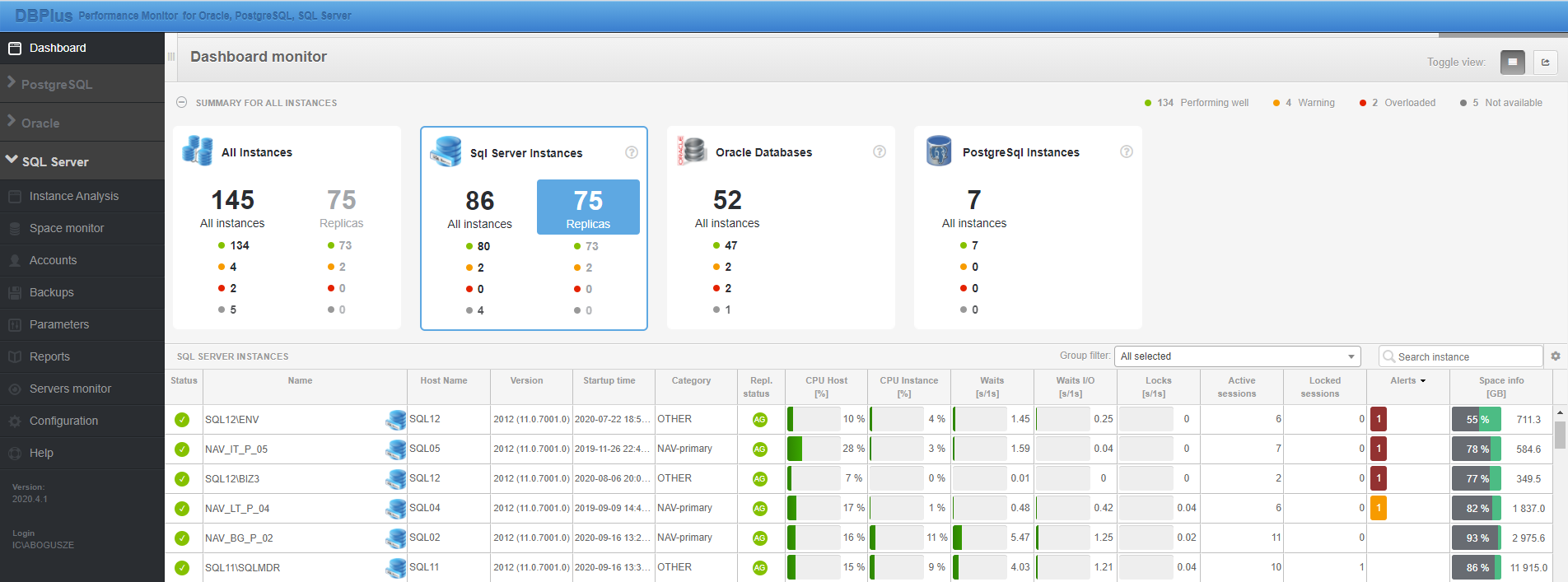20/02/2025
Key Metrics for Reliable Database Replication
Database replication sounds simple enough: take data from one place and make sure it appears somewhere else, quickly and correctly. But anyone who’s spent time monitoring and troubleshooting replication knows it’s anything but straightforward. Networks fail, logs get backed up, and suddenly your secondary database is minutes (or hour) behind.
That’s why replication metrics matter.
13/02/2025
ORA-00904: Invalid Identifier in Oracle Databases
When you’re working with Oracle databases, some errors pop up so regularly that DBAs almost recite them in their sleep. ORA-00904: invalid identifier is certainly one of those classic offenders. On the face of it, ORA-00904 indicates you’ve referenced a column or other identifier that Oracle can’t locate or doesn’t consider valid. Straightforward enough—maybe there’s a simple typo, or a missing column in your table. But there are subtler corners of Oracle that can trigger the same error even when you think you’ve done everything right.
06/02/2025
From .NET to Azure: How Did Microsoft Compete with Oracle Database Over the Years?
For a long time, talk of database supremacy circled around Oracle’s hold on mission-critical workloads. Then Microsoft stepped up with SQL Server, coaxing DBAs away from Unix systems by leaning heavily on a Windows ecosystem that many found simpler to manage. Fast-forward to the present, and the contest has expanded into cloud territory, culminating in an unexpected partnership that underscores just how practical both tech giants have become. How did Microsoft compete with Oracle Database throughout this journey?
30/01/2025
Achieve Database Optimization Without Abandoning Normalization
High concurrency, scattered queries, unpredictable data growth—the usual suspects. When everything’s slow and your tables are bursting, you face a tough choice: enforce strict normalization for pristine data integrity or optimize aggressively to wring out every last drop of performance. Overly normalized schemas may lead to a maze of joins and hamper speed under heavy loads. Performance-driven shortcuts—like denormalizing key data—can bloat storage and complicate updates. Balancing database optimization and normalization isn’t always straightforward, but it is possible.
23/01/2025
Database Performance Tuning – the Sensible Way: Collaborative Strategies, Clear Metrics, and Tested Changes
Databases are either the invisible workhorse that keeps everything running smoothly or the ticking time bomb that wakes you at 3 a.m. with catastrophic slowdowns. There’s rarely a middle ground. Performance tuning makes all the difference—especially when you combine actual metrics, meaningful collaboration, and a dash of common sense. A few checks here and there can save hours of panic later on, and nothing beats a stable, responsive system for making you look like the hero of the IT team.
Of course, it helps to have a reliable way to see what’s going on under the hood while performance tuning, keep everyone on the same page, and avoid applying fixes blindly. After all, a well-tuned database is happier, and so are the people who rely on it every day.
24/10/2024
On-site Database Events to Attend in 2025
From Wales to London, Orlando to Stockholm, and beyond, 2025 promises a smorgasbord of data-driven sagas across various locales. Here’s a peek at the not-to-miss database events set to sprinkle some intellectual stardust on your next year’s calendars.
08/02/2021
Manage your database performance and data accessibility today…alive tomorrow.
Webinar date: Wednesday 10th March, 11:00am CET Your business growth demands efficient IT services with upgrades and enhancements delivered on…
16/09/2020
Actinium Consulting GmbH and DBPLUS enter into partnership
Actinium Consulting GmbH specializes in business intelligence and ERP. The software developments by DBPLUS for database optimization and real-time data…
07/01/2020
dbi services with real-time replication using the DBPLUS Data Replicator
dbi services described our solution for real-time data replication on their blog. dbi services was founded in 2010 and is…
16/10/2019
Partner for Performance representing DBPLUS at the DOAG Conference and Exhibition 2019 in Nuremberg
Partner for Performance representing DBPLUS at the DOAG Conference and Exhibition 2019 in Nuremberg You wish to become more familiar…
09/09/2017
NEUCA is betting on DBPLUS Performance Monitor
The NEUCA Group, a leader in the wholesale pharmaceuticals sector in Poland, is another company which has chosen DBPLUS Performance…
27/07/2017
DBPLUS Performance Monitor in German multi channel companies
Renowned German multichannel providers place their trust in DBPLUS Performance Monitor Multichannel sales are an integral part of almost every…
29/06/2017
DBPLUS Performance Monitor at Lagardere
Lagardere Travel Retail has been active on the retail sales market since 1998, managing a network of 630 press salons…
16/09/2020
Actinium Consulting GmbH and DBPLUS enter into partnership
Actinium Consulting GmbH specializes in business intelligence and ERP. The software developments by DBPLUS for database optimization and real-time data…
31/03/2020
dbi services and DBPLUS enter into a partnership
Delémont, March 31, 2020 – dbi services has secured a partnership with DBPLUS, a software development company which specializes in…
16/10/2019
Partner for Performance representing DBPLUS at the DOAG Conference and Exhibition 2019 in Nuremberg
Partner for Performance representing DBPLUS at the DOAG Conference and Exhibition 2019 in Nuremberg You wish to become more familiar…
16/07/2019
DBPLUS on “IT Tage” in Frankfurt
“Everything under one roof!” is the motto of the IT-Days 2019 from December 9th to 12th in the Cape Europa,…
17/06/2019
DBPLUS expands partner network
Another companies from the CEE region joined the group of DBPLUS partners. As a result, DBPLUS Clients gain access to…
08/10/2021
New version Performance Monitor (Release 2021.3)
On October 8, 2021, we published a new version of Performance Monitor for Oracle, Microsoft SQL Server and PostgreSQL databases….
09/07/2021
New version Performance Monitor (Release 2021.2)
On July 9, 2021, we published a new version of Performance Monitor for Oracle, Microsoft SQL Server and PostgreSQL databases….
27/04/2021
New version Performance Monitor (Release 2021.1)
On April 9, 2021, we published a new version of Performance Monitor for Oracle, Microsoft SQL Server and PostgreSQL databases….
15/01/2021
New version Performance Monitor (Release 2020.4)
On December 31, 2020, we published a new version of Performance Monitor for Oracle, Microsoft SQL Server and PostgreSQL databases….
28/10/2020
New version Performance Monitor (release 2020.3)
On October 9, 2020, we released a new version of Performance Monitor for Oracle, Microsoft SQL Server and PostgreSQL databases….




















